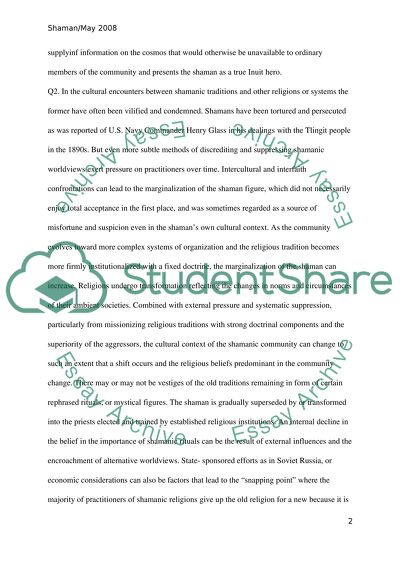Cite this document
(“Shamanism Essay Example | Topics and Well Written Essays - 1500 words”, n.d.)
Retrieved from https://studentshare.org/miscellaneous/1534367-shamanism
Retrieved from https://studentshare.org/miscellaneous/1534367-shamanism
(Shamanism Essay Example | Topics and Well Written Essays - 1500 Words)
https://studentshare.org/miscellaneous/1534367-shamanism.
https://studentshare.org/miscellaneous/1534367-shamanism.
“Shamanism Essay Example | Topics and Well Written Essays - 1500 Words”, n.d. https://studentshare.org/miscellaneous/1534367-shamanism.


